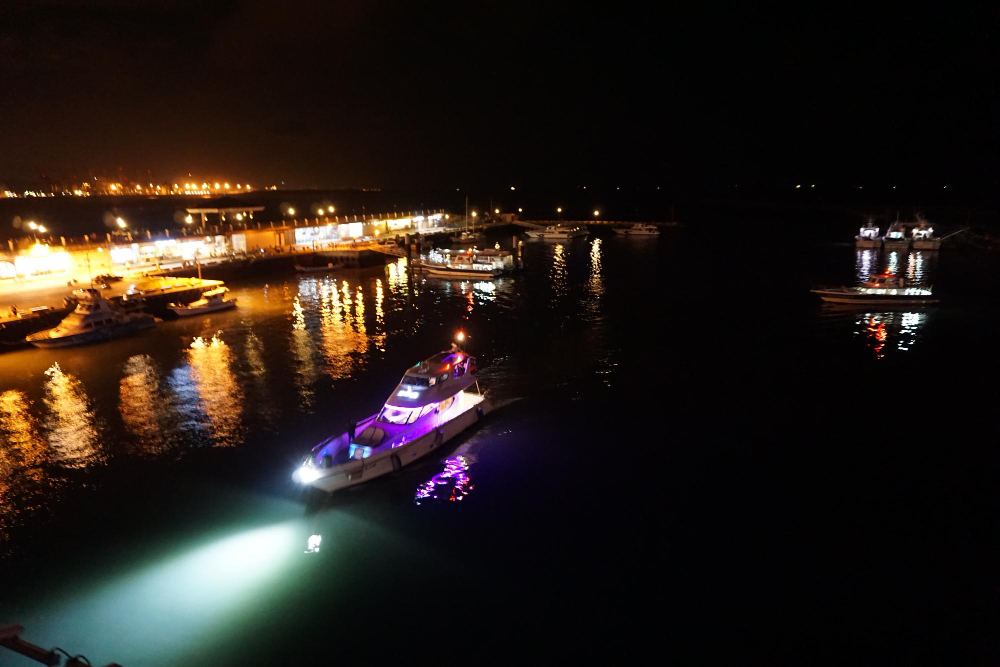A Guide to Boating Navigation Lights Requirements

Boating is a fun and adventurous activity that lets you enjoy the beauty of nature away from crowded city streets. However, safety should always be a priority when you're out on the water. Boating navigation lights play a crucial role in ensuring the safety of everyone on board, as well as other vessels in the area. In this guide, we'll discuss the requirements and regulations for boating navigation lights to help boaters stay safe while enjoying their time on the water.
1. Basic Navigation Lighting Rules
Navigation lighting rules apply to all types of watercraft. The rules specify the types of lights and the location where the lights should be positioned for proper visibility. There are two basic navigation lighting rules that all boaters should follow: The 112-degree rule and the Tin Man rule - Which refer to a system for determining the boats on a collision course. The 112-degree rule is a type of navigation lighting rule that states that if two boats are on a collision course, each vessel should steer to the right, thus passing each other starboard to starboard. The Tin Man rule requires boats to keep all green lights (starboard) on their right and all red lights (port) on their left while passing another boat.
2. Navigation Light Colors
Navigation light colors communicate vital information about the position, direction, and movement of a vessel. Boats using lights to indicate their status to other vessels in the area can use various light colors. It's essential to know the different meanings attached to each color. The three main colors used for boating light signals are red, green, and white/navy. The color red means stop or give way, while green says you can proceed through safely. White refers to either an anchor light, forward light, or cabin lighting.
3. Power and Sailboat Lighting Requirements
The requirements for boating navigation lights depend on the size, type of craft, and time of day. For powerboats, navigation lights must be used between sunset and sunrise to include twilight (30 minutes after sunset and 30 minutes before sunrise). Navigation lights must be bright enough to be visible for two miles on a clear night. Sailing vessels are required to carry navigation lights when underway between sunset to sunrise. The sailboat required lighting is different, depending on whether you are sailing or if your engine is also being used.
4. Maintenance and Inspection
Keeping your navigation lights in good condition is a crucial part of staying safe while boating. Blown bulbs or loose wires can cause dangerous situations on the water. Regular maintenance and inspection of all navigation lighting should be conducted to ensure the lights function correctly. Checking your fuses at least twice a year and inspecting the fixtures for damage or wear is always a wise thing to do, especially before a long distance voyage.
Conclusion
Boating navigation lights are not only legal but are vital to keeping boaters safe while on the water. Understanding the requirements and regulations for navigation lights is an essential aspect of boating safety, and boaters should always make sure they have the correct navigation lights and other required safety equipment before taking to the water. When purchasing or renting a boat, it is essential to inspect the condition of the navigation lights before taking it for a ride. By following these simple tips and practicing safe boating habits, boaters can enjoy their time on the water without any worries!
In conclusion, understanding boating navigation lights requirements is an essential aspect of boating safety. Boaters must ensure they have the correct navigation lights and understand their purpose to keep everyone safe. Whether you're a seasoned boater or a first-timer, follows the guidelines and regulations mentioned in this article to keep your boating experience safe, fun, and enjoyable. So, before heading off your next boating adventure, don't forget to check that your navigation lights are in good working order! If you're looking for power boats in Sanford, FL, contact Velocity Powerboats today for more information.